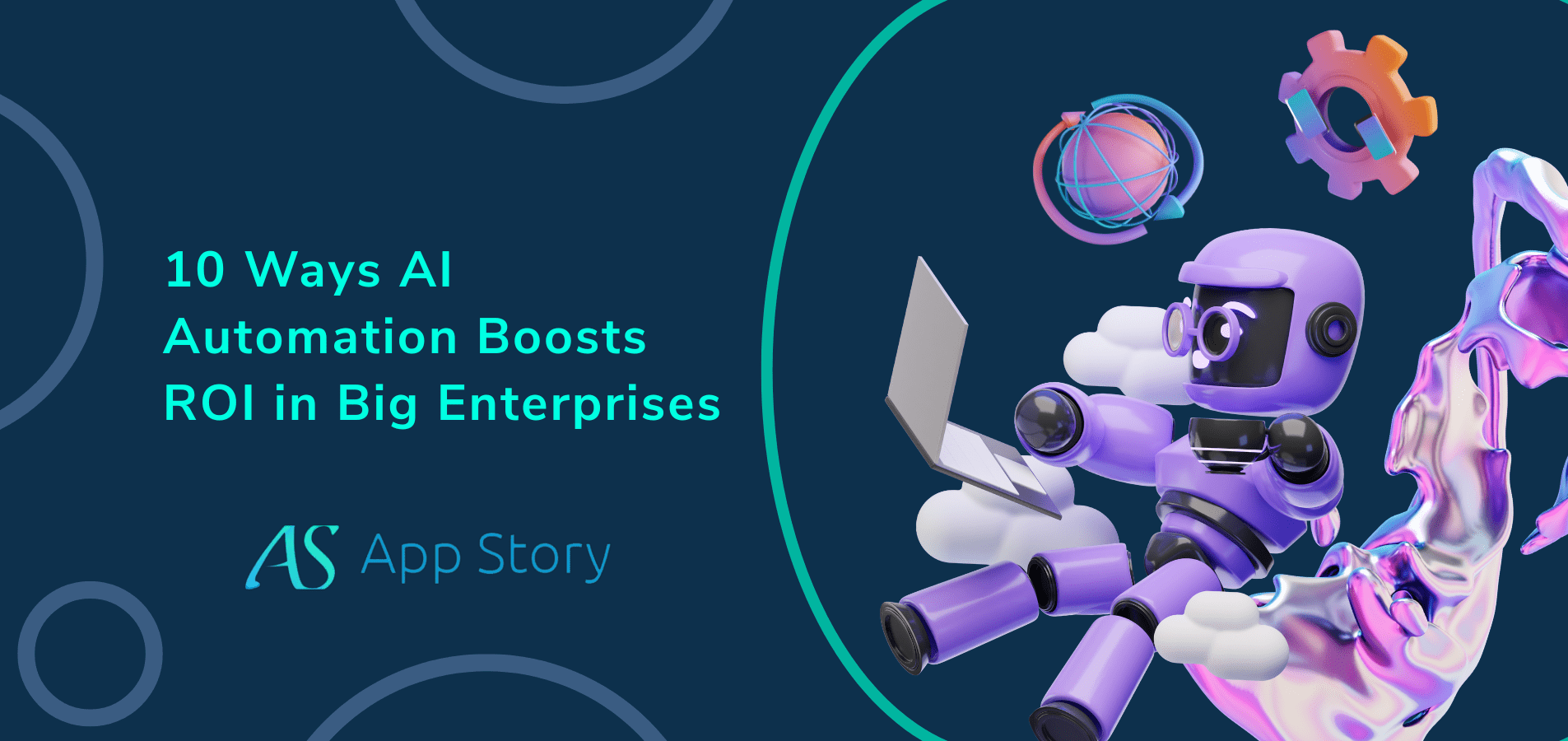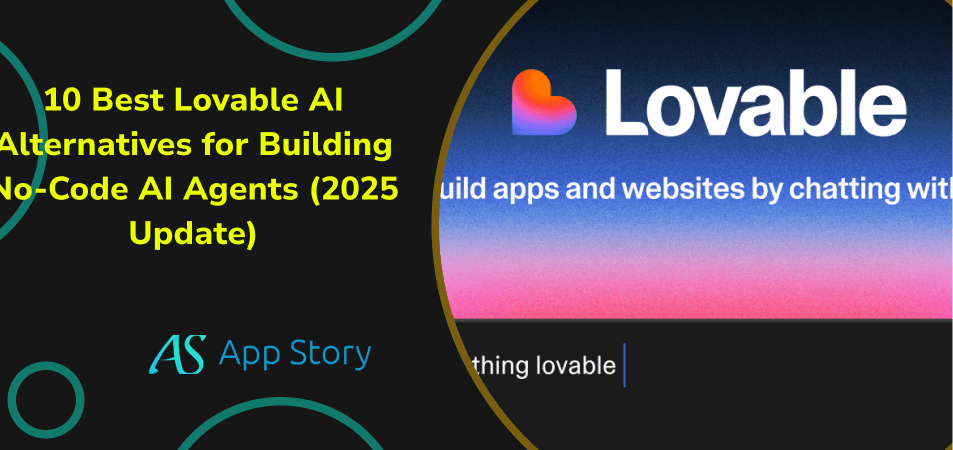Unlock the Potential of Chatbot Design with a Comprehensive Guide
As the famous quote goes, “Design is the intelligence made visible,” and in the world of chatbots, it means creating programs that interact with individuals conversationally. The chatbot development services empower businesses to give their chatbots the brains, voice, and personality needed to engage customers seamlessly.
While conversational chatbots have proven to be effective, businesses often encounter challenges when it comes to designing conversations that deliver desired results. Unexpected turns, incomplete contextual flow, and user confusion can hinder the customer experience. This is where the importance of a well-crafted conversation design comes into play.
The chatbot development services offered by a chatbot development company not only focus on developing chatbots that provide precise responses but also ensure easy integration across various platforms. In this guest post, we delve into the intricacies of designing a resourceful conversation, that flows naturally, and leaves no room for confusion. Learn how to create chatbot conversations that enhance the customer journey and drive satisfaction.
Steps to create highly effective chatbot conversations
- Understand your audience: Start by deeply understanding your target audience. Analyze their preferences, language style, and pain points. This knowledge will allow you to tailor your chatbot conversations to their specific needs and create a personalized experience.
- Define clear goals: Clearly define the purpose and goals of your chatbot conversations. Whether it’s providing information, assisting with a transaction, or resolving an issue, having a clear objective ensures focused and purposeful conversations.
- Create a natural flow: Mimic human conversation to create a natural flow in your chatbot interactions. Use conversational language, be concise, and avoid jargon. Break down complex information into smaller, easily digestible messages, and provide clear options for users to choose from.
- Implement context awareness: Make your chatbot context-aware by incorporating previous interactions into the conversation. Remembering user preferences, history, and current session context enables a personalized and seamless experience.
- Use smart prompts: Guide users through the conversation with smart prompts and suggestions. Anticipate user needs and offer relevant options or next steps, making it easier for them to navigate and achieve their goals.
- Provide accurate responses: Ensure your chatbot provides accurate and relevant responses. Use natural language processing (NLP) capabilities to understand user inputs and offer precise answers. Regularly update your chatbot’s knowledge base to keep responses up to date.
- Inject personality: Give your chatbot a distinct personality that aligns with your brand voice. Inject humour, empathy, or any other appropriate traits to make the conversation more engaging and memorable. However, maintain a balance and avoid going overboard, as the focus should still be on providing value to the user.
- Test and iterate: Continuously test and iterate your chatbot conversations. Solicit feedback from users and analyze conversation logs to identify areas for improvement. Regularly refine your chatbot’s responses, flow, and overall design to ensure an exceptional user experience.
Enhancing Chatbot Conversations: Strategies and Best Practices
1. Check your Expectations
You need to accept that your bot won’t or can’t do it all. Also, attempting to answer each question poses a data challenge. Using data for training chatbots is the key to developing them perfectly. For chatbot design, check your expectations first and make sure your customers and team understand the abilities of your conversational AI.
2. Build a User Persona
Designing effective chatbot conversations begins with building a user persona, a vital step to narrow down your target audience and tailor the conversation accordingly. By including details such as gender, age, behavior, and demographics, you create a personalized experience that feels like talking to a specific person, ensuring a delightful and ideal conversation flow.
3. Define your chatbot’s role
You need to pick a realistic business goal that you wish to achieve. The majority of chatbots offer to troubleshoot and support FAQs. The below questions will help you define the role of your chatbot:
- What are the business needs of your company?
- How can you format your chatbot to converse with various users?
- What are the questions asked by customers that can be automated?
4. Set a Use Case
Effective chatbot conversations rely on understanding the user’s needs to deliver appropriate solutions. Each business has unique use cases, such as a travel agency using a chatbot for ticket booking or an educational institute employing it for admissions. Even within the same business, chatbots may serve diverse purposes, such as assisting teachers or updating parents and students on fees. By identifying user preferences among various options, designing a chatbot conversation flow becomes more streamlined and intuitive.
5. Conversational UX
When designing conversations, it is essential to adopt a human-centric approach facilitated by Conversational UX. This approach revolves around empathy, ensuring that the conversation design aligns with the user’s preferences and expectations. Rather than expecting the user to conform to the chatbot’s structure, the focus is on tailoring the conversation to meet the user’s needs and providing a user-centric experience.
6. Addressing Fragmented Messages
Most chatbots are not aware of how to handle a string of fragmented messages. As a result, they would probably respond and process to the user after every statement leading to a frustrated user experience. You can resolve this by informing the user about what the bot can help them with and letting them click on an option.
7. Optimize the User Interface
Creating a seamless conversational experience for diverse users, chatbots excel in maintaining a smooth flow of conversation, whether users prefer guided interfaces with response options or freely typing their questions. As a designer, achieving this balance entails leveraging appropriate technology to build chatbots that accommodate structured and free-formed conversations, catering to the preferences of a broad audience.
Wrapping Up
Designing conversations is the crucial first step toward delivering a delightful user experience. When planning to build a chatbot, investing time and effort in its design is essential to achieve high customer satisfaction scores (CSAT). By prioritizing user experience, your chatbot can become a valuable competitive advantage. Enhance your bot’s performance by training it with new utterances, refining generic messages, incorporating empathy in sample dialogues, and customizing prompts. Partnering with a Chatbot mobile app development company & Digital Marketing Agency that leverages real-time data analysis can further empower you to design an intelligent chatbot that drives business growth and engages your audience intelligently.






 United States
United States United Kingdom
United Kingdom India
India Canada
Canada Singapore
Singapore















![10 Benefits of the Internet of Things You Should Know [2025]](https://www.appstory.org/wp-content/uploads/2025/03/ATS-10-Benefits-of-the-Internet-of-Things-You-Should-Know-2025@2x-80x60.png)




















